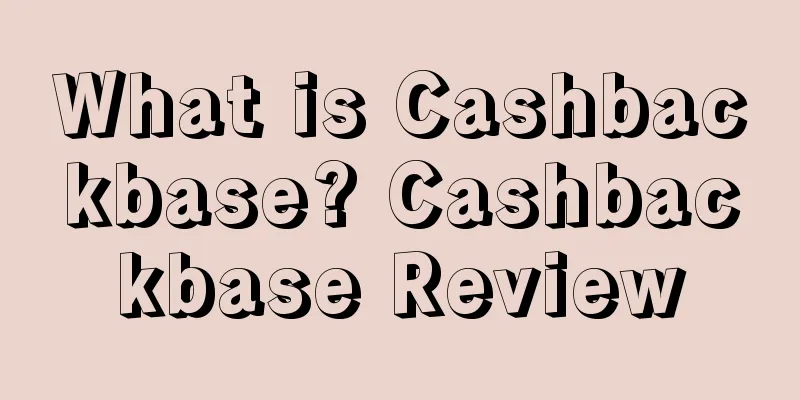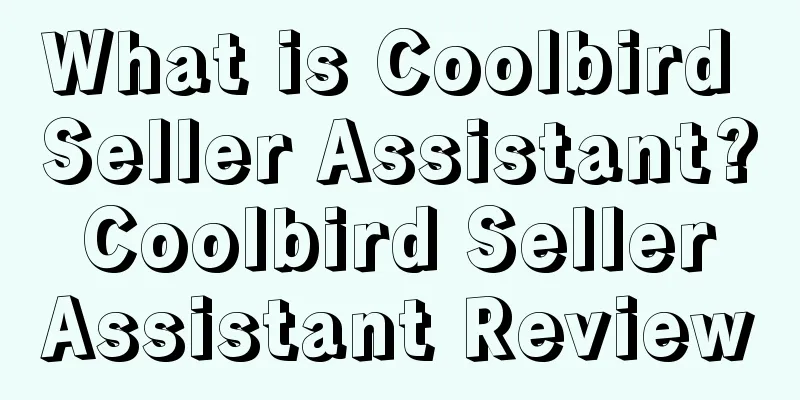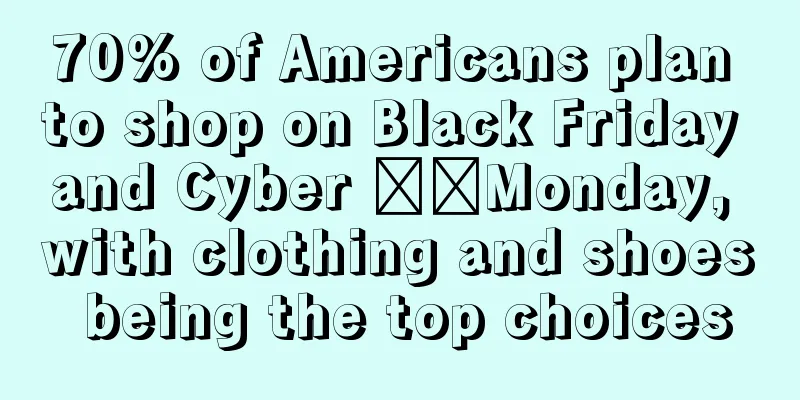This is the correct way to attract traffic from outside the Amazon site!

|
Selling products on Amazon can make a business successful, but competition on the platform is fierce, and relying solely on it can be risky for sellers. Off-site traffic generation can give Amazon sellers an edge over their competitors and build a strong brand while finding potential buyers. This article will tell Amazon sellers the right off-site traffic generation methods and which off-site traffic sources (Facebook, Google ads, influencers, etc.) to use. Nearly half of all online product searches in the U.S. start on Amazon. However, with limited keywords, your listings get limited clicks. By using off-site traffic, you can find potential customers and get your products/brand in front of them. The right off-site traffic can drive traffic growth to Amazon product listings, while also allowing sellers to create an email list outside of the site, connect with potential users, and convert them into buyers. If you’re selling products on Amazon and your listings are optimized with high-quality images, compelling copy, and the right keywords, that’s great. But the bad news is, so are other sellers. Amazon search rankings are very competitive. Even if you appear on the first page of the search results page and users see your product listing, they will also see other competitor product listings and buy products from your competitors. But by attracting customers to click on your product listing through external channels such as Facebook, blogs, or Pinterest, you will be able to stand out from the competition more easily. While this has not been confirmed (Amazon’s algorithm remains extremely mysterious), it is widely believed that Amazon rewards listings that move up the rankings through external traffic. Traffic generation can boost sellers’ sales, but please note that when a consumer buys your product on Amazon, he is not your customer, but Amazon’s customer. To create a successful business, you need to use a sustainable business model. Sellers should not just sell products, but brands. If you have a strong brand and an existing customer base, your chances of success will be greatly improved. The problem is that Amazon does not give you a way to do this, and it is worried that you may take away platform customers. But you can seize the opportunity before potential users go to Amazon to buy and turn them into your customers. Creating an email list is a key part of building a long-term customer base and increasing the value of your business. An email list of potential users allows you to engage with them, build relationships, and promote future products. Amazon won’t give you your users’ emails, but by driving traffic from outside the site, you can collect emails while still complying with Amazon policy. The emails obtained from potential users can also be used for subsequent reviews, which is beneficial to the product's search performance and conversion rate. Finally, having an email list can also reduce the risk of Amazon sales. In the past, if your account was frozen by Amazon, all your customers would be gone, but if you have your own email list, even if the worst happens, you can still save your business through the email list. Amazon sellers can do a lot with their email lists, including building their business and growing their brand. The following will explain how sellers can generate off-site traffic and some common mistakes sellers make. 1. Number One Mistake Many sellers work hard to advertise and drive traffic to their Amazon products, but make a big mistake by driving traffic directly to their product listings. Why is this a mistake? By sending potential buyers directly to your product listing, you’re losing out on the opportunity to build a long-term relationship with them. If you don’t collect your customers’ contact information (or tracking data), you’ll miss out on selling your product to potential buyers in the event that they don’t purchase on Amazon. Direct traffic to product pages can also have a negative impact on your rankings. External traffic tends to have lower conversion rates than traffic from Amazon. Therefore, direct traffic to product listings may increase the traffic to your listings, but may reduce conversion rates, which is widely believed to play an important role in Amazon’s search algorithm. 2. Landing Page Instead of driving traffic directly to Amazon product pages, it is best to drive traffic to landing pages first. By driving traffic to landing pages first, you can achieve two points: 1) filter traffic to increase conversion rates; 2) landing pages allow you to collect contact information of potential users for future marketing activities, and also use codes to track visitor behavior, such as Facebook Pixel. On your landing page, you should offer something enticing that will get visitors to fill out their email and eventually buy your product. This can include a free content giveaway (like a related e-book) or a one-time discount code. There are two types of landing pages you can use: (1)Generic landing page This type of landing page is useful if your main goal is to collect contact information rather than increase sales and rankings on Amazon. You can provide free content that leads people to eventually become your customers. There are many tools on the market that can help you build this type of landing page, such as LeadPages or MailChimp’s landing page tool. (2) Landing Pages Specific to Amazon If your main goal is to increase sales and ranking on Amazon, then this type of landing page can be used. Sellers can use tools such as LandingCube to generate landing pages for Amazon and offer a one-time promotional code in exchange for the user's email. This way, the user can get a discount, you can also get additional sales on Amazon, and Amazon will also reward you with higher rankings and more traffic. The off-site sales funnel for Amazon sellers can be as follows: First, you can send potential customers to your landing page with a discount or freebie, no matter where they are. If they like the offer, they’ll enter their email and buy the product at any time. If they don’t buy, you still have their email, which you can use in subsequent email marketing. 3. Which traffic source is the best? The best source of off-site traffic depends on your product and target market. If you already have an email list, great. Email campaigns allow you to send promotional messages to people who are interested in your brand. For many sellers, advertising on Facebook is an effective approach . The social media platform provides you with powerful and sophisticated targeting tools and a large existing user base on Facebook and Instagram. If your product is visually based and targeted at female consumers, Pinterest will be a great source of traffic. The best way to learn which traffic source works best for you is to experiment. Look at your niche goals or audience demographics and choose the sources you think will work. Sellers can set goals first and try and error for a short period of time to check if the traffic source works. Relying solely on Amazon is risky. What sellers need to do is to utilize all possible traffic channels, create a sustainable brand, acquire an email list through landing pages and build deeper relationships with them. Combining steady external traffic with an effective sales channel, you will be able to maximize the profit potential of your Amazon business. Text✎ Fang Xiaoling/ Statement: When reprinting this article, the title and original text must not be modified, and the source and original link must be retained. |
<<: I didn’t expect that Orolay, a strange Chinese brand, would become popular in the United States.
>>: How to delete negative feedback on Amazon? These 3 tips will help you avoid negative feedback
Recommend
Revenue exceeds $23.6 billion! Lowe's releases mixed Q1 earnings report!
It is learned that on May 18, Lowe's announced...
WOOT Promotion Annual Data Report - What do the top-selling links look like?
WOOT My C position Looking back over the past yea...
The underlying logic of off-site promotion that you don’t know!
text As competition for traffic on the platform b...
List of some cross-border e-commerce platforms in various countries that you don’t know!
USA · Tanga Positioning: A well-known American e-c...
What is Daraz? Daraz Review
Daraz is the largest B2C e-commerce platform in Pa...
Why do Mexican consumers love online shopping? Here are 10 reasons!
<span data-shimo-docs="[[20,"根据市场研究机构Stati...
With the collapse of the US home furnishing giant 3B, who can take the opportunity to fill the gap?
It is learned that on April 23, the US home furnis...
What is Web power? Web power review
Webpower was founded in the Netherlands in 1999 an...
Amazon launches new feature! Charge for processing customer messages?!
Recently, Amazon released an announcement in the ...
Some things that most relatively experienced Amazon sellers are doing
one, 1. Find the negative reviews of popular prod...
New changes to advertising! Amazon will help you optimize
After the advertising functions were integrated l...
What is Kouka? Kouka Review
KouKua is a one-stop Amazon operation software tha...
Amazon launches new plan, many FBA fees are waived!
Recently, Amazon announced that it will launch the...
Amazon's major loophole fraud case! The fraud amount is as high as 19 million US dollars!
Strange things happen every year, but this year th...
"Translation software" is essential for cross-border e-commerce
1. Deepl Deepl uses Al's algorithm, and the tr...









![[Rumor-busting] The United States has suspended all customs clearances? Let you understand the truth](/upload/images/67e70a63e7971.webp)